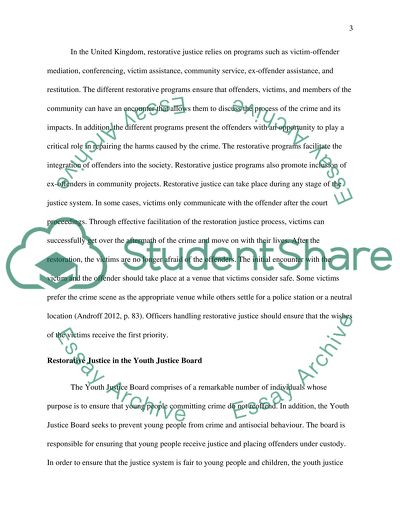Cite this document
(Restorative Justice in United Kingdom Term Paper, n.d.)
Restorative Justice in United Kingdom Term Paper. Retrieved from https://studentshare.org/law/1685203-how-restorative-justice-is-used-in-the-uk
Restorative Justice in United Kingdom Term Paper. Retrieved from https://studentshare.org/law/1685203-how-restorative-justice-is-used-in-the-uk
(Restorative Justice in United Kingdom Term Paper)
Restorative Justice in United Kingdom Term Paper. https://studentshare.org/law/1685203-how-restorative-justice-is-used-in-the-uk.
Restorative Justice in United Kingdom Term Paper. https://studentshare.org/law/1685203-how-restorative-justice-is-used-in-the-uk.
“Restorative Justice in United Kingdom Term Paper”, n.d. https://studentshare.org/law/1685203-how-restorative-justice-is-used-in-the-uk.


